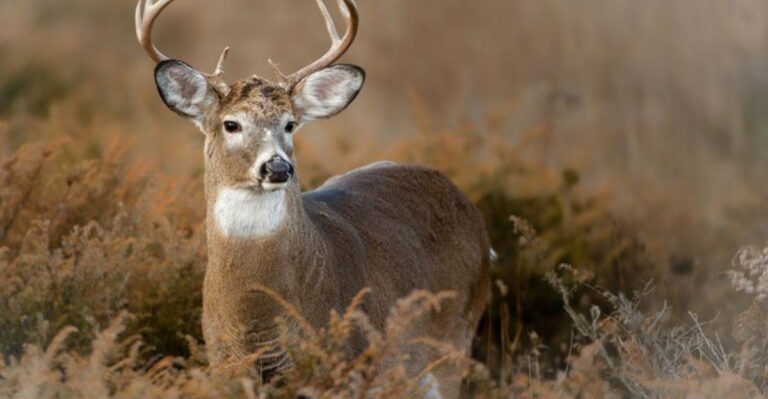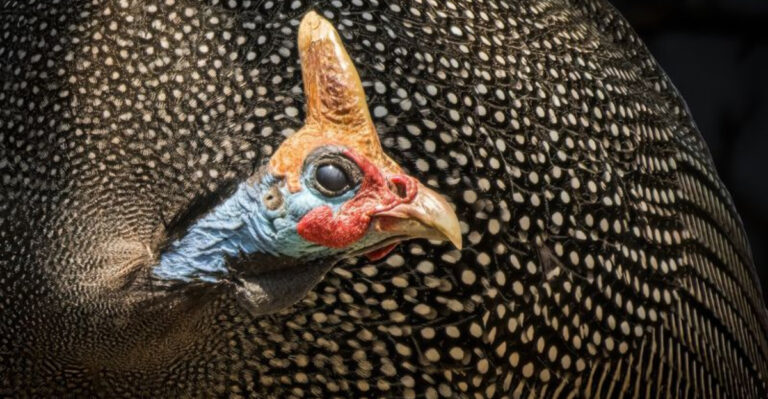20 Amazing Wild Horse Breeds From Around The World
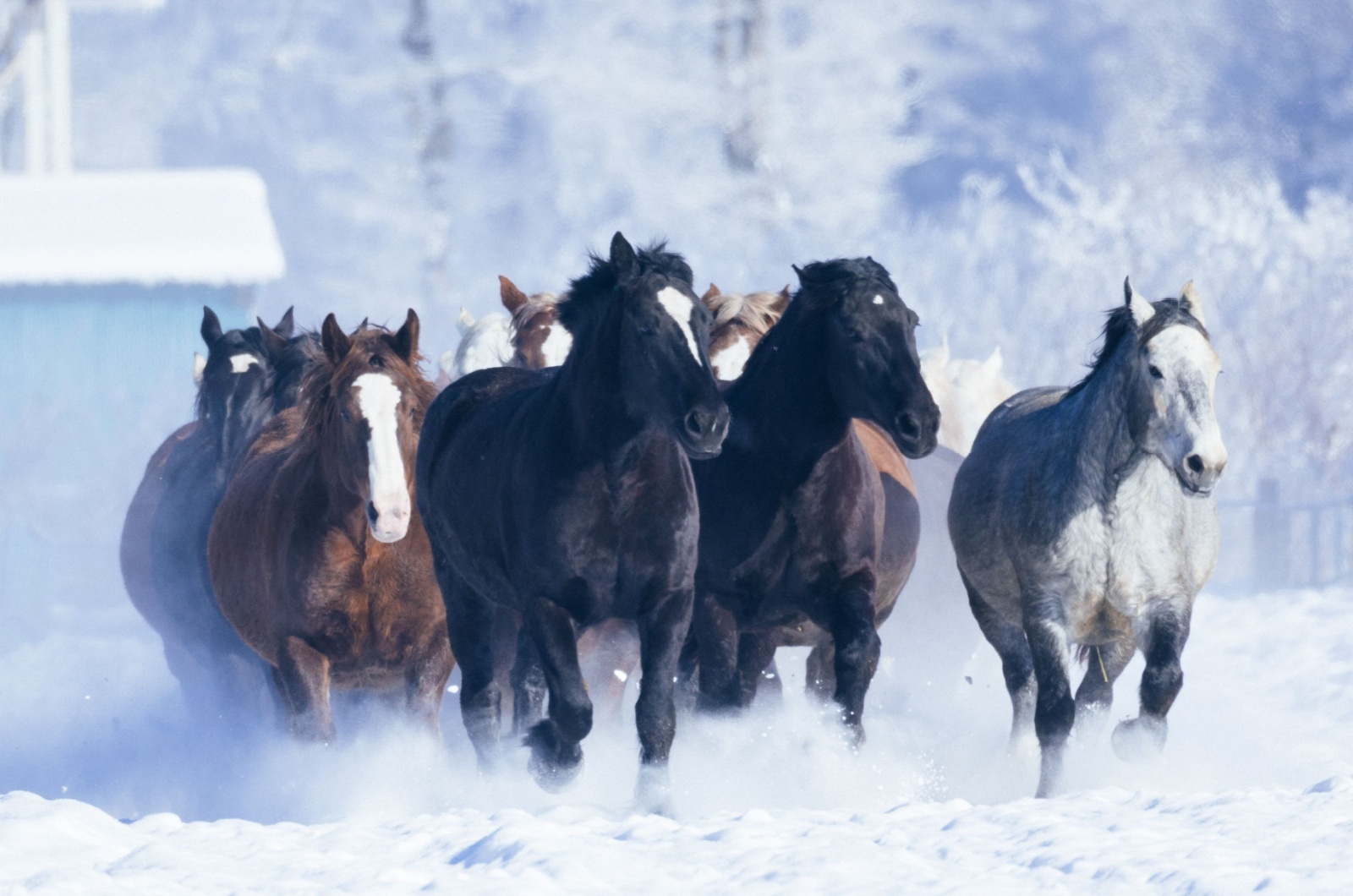
Imagine galloping across open plains with the wind in your hair, riding alongside some of the most fascinating wild horses on the planet.
These majestic creatures, full of spirit and grace, roam freely and capture our imagination with their beauty and elegance. We’ll explore some unique wild horse breeds from various corners of the globe, each with its own story and characteristics.
1. Przewalski’s Horse
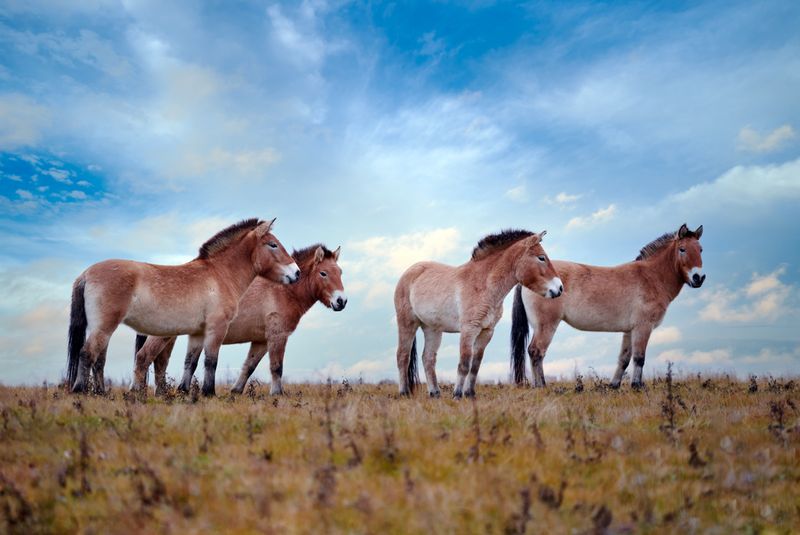
This wild horse, native to the steppes of Mongolia, boasts a unique dun coat and erect mane, resembling ancient cave paintings. Once extinct in the wild, these resilient creatures have made a remarkable comeback through global conservation efforts.
2. American Mustang
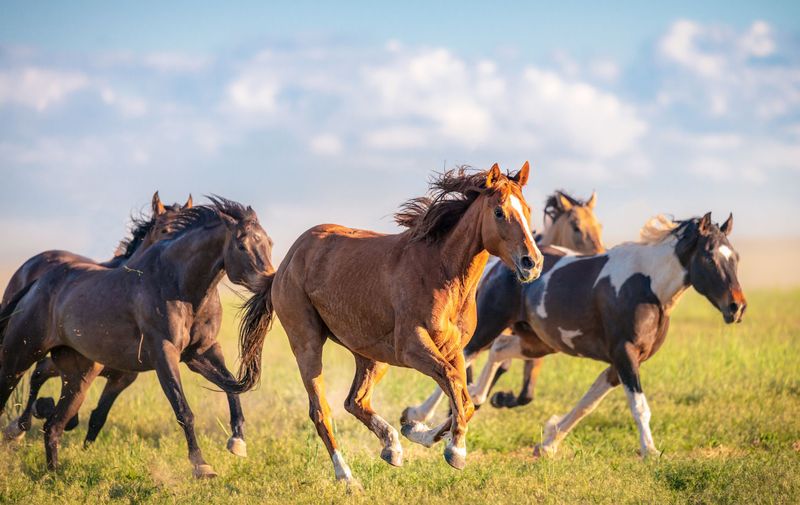
Roaming the American West, Mustangs embody the spirit of freedom. These iconic wild horses, descendants of Spanish breeds, thrive in diverse terrains, from deserts to mountains. Known for their adaptability, they are a symbol of the untamed wilderness.
3. Brumby
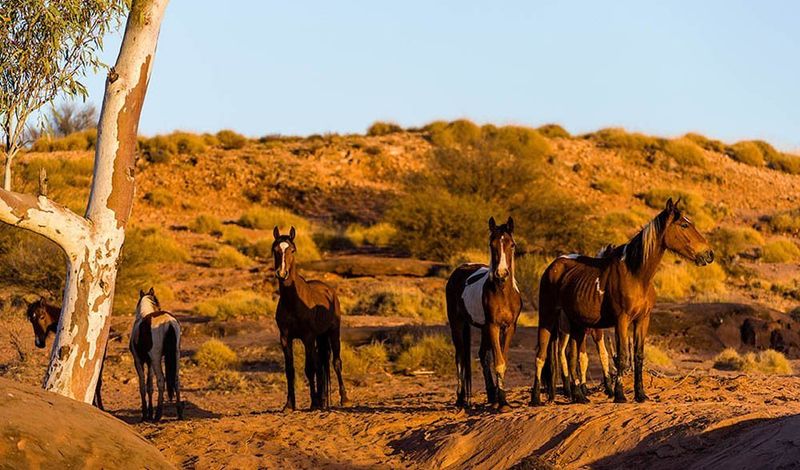
Australia’s Brumbies roam the outback, known for their resilience and adaptability. These feral horses, descendants of escaped or released stock, have become an integral part of the country’s cultural landscape.
4. Namib Desert Horse
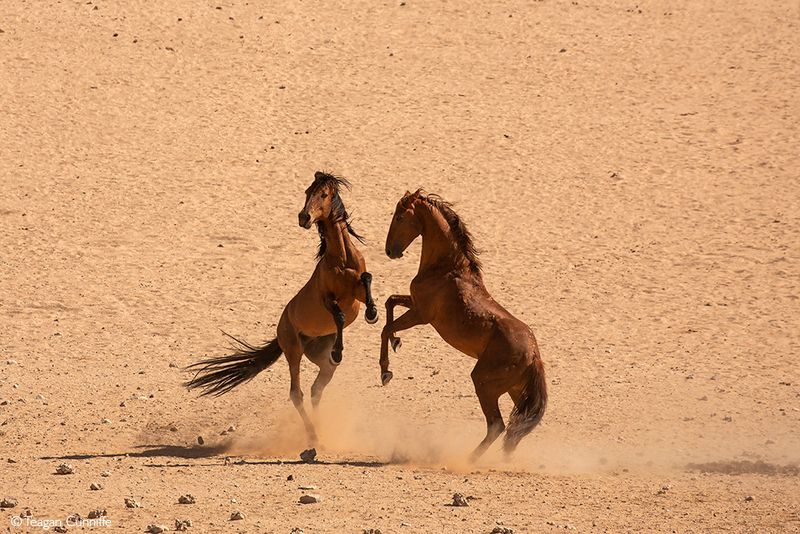
In Namibia’s arid stretches, the Namib Desert Horse survives against the odds. These enigmatic creatures, believed to be descendants of colonial-era horses, have adapted to the harsh desert environment, thriving where few others can.
5. Konik
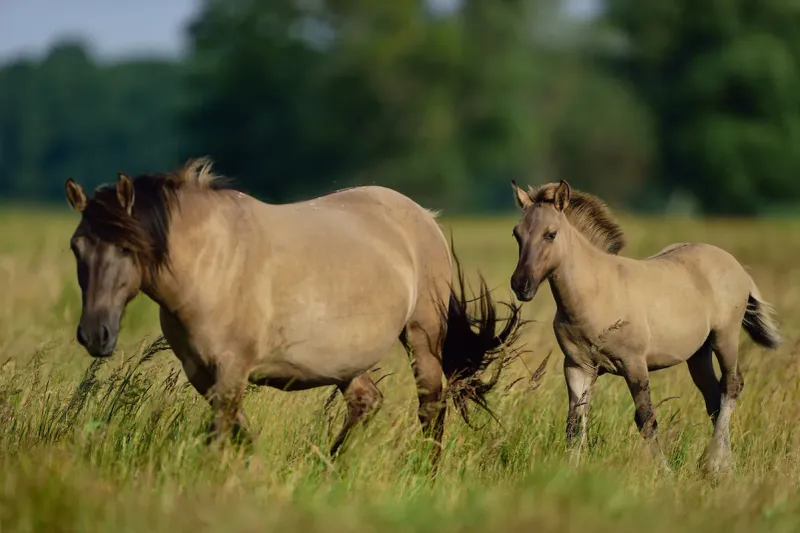
Descended from the wild Tarpan, Poland’s Konik horses are a sight in rewilded parks across Europe. Their robust build and primitive features reflect their ancient lineage, playing a vital role in restoring natural ecosystems.
6. Sorraia
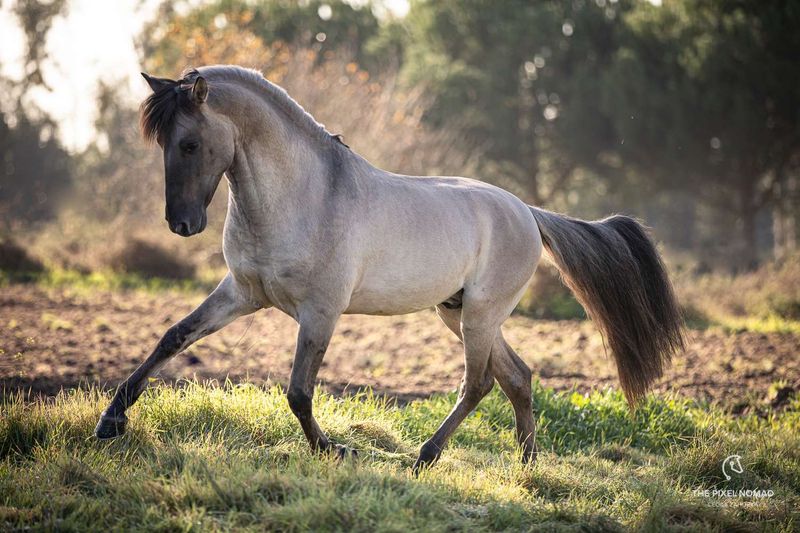
Hidden in Portugal’s wetlands, the Sorraia horse is a relic of prehistoric times. These elusive horses, with their distinctive gray coats, are direct descendants of ancient Iberian breeds, offering a glimpse into Europe’s equine history.
7. Dulmen Pony
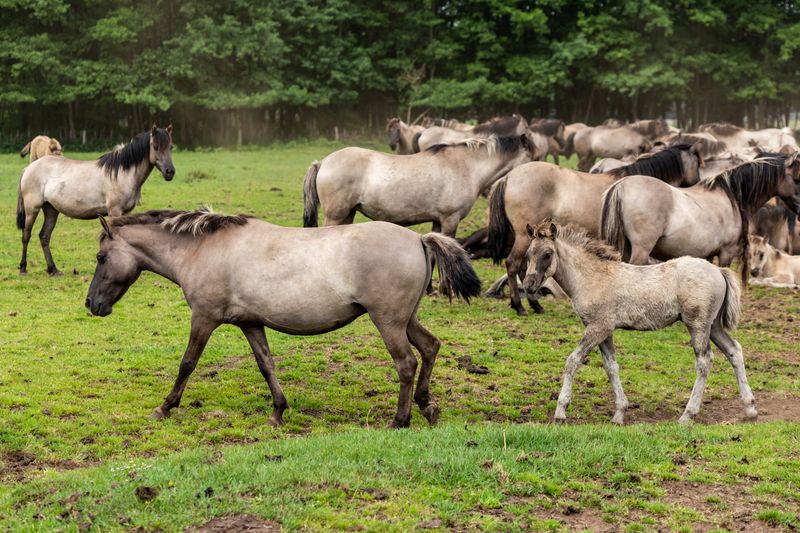
The Dulmen Ponies of Germany are small yet spirited, roaming the Merfelder Bruch nature reserve. Known for their gentle disposition, they are a testament to Europe’s diverse equine heritage, attracting nature enthusiasts and photographers alike.
8. Hokkaido Horse
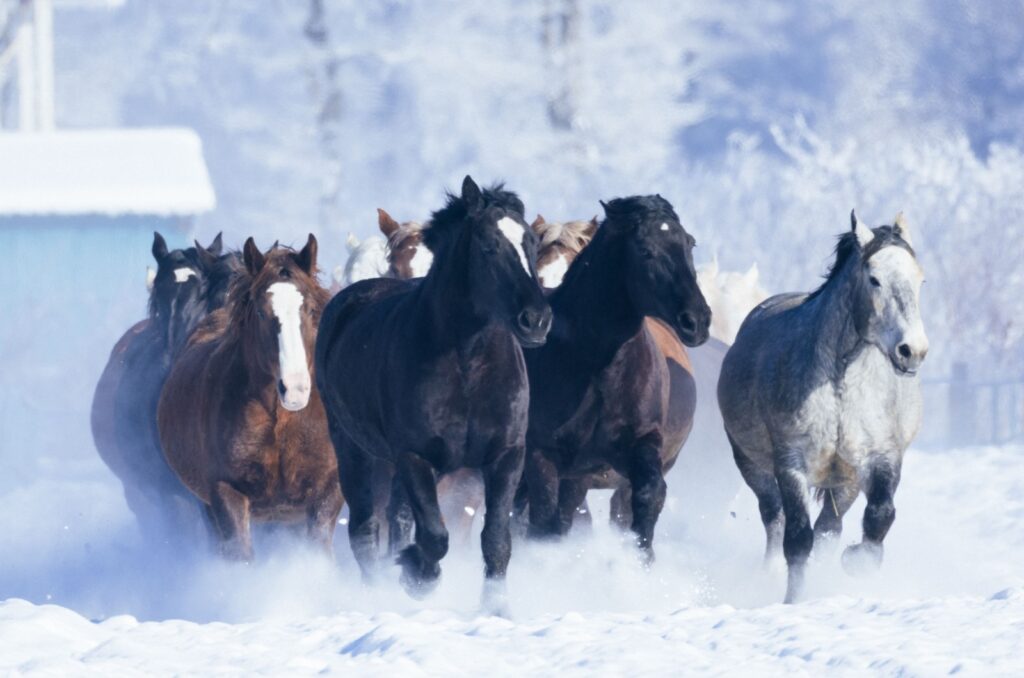
Japan’s Hokkaido horses, native to the cold northern island, are known for their surefooted nature. These small yet sturdy horses have played vital roles in local agriculture and transport, embodying a rich cultural heritage.
9. Yakutian Horse
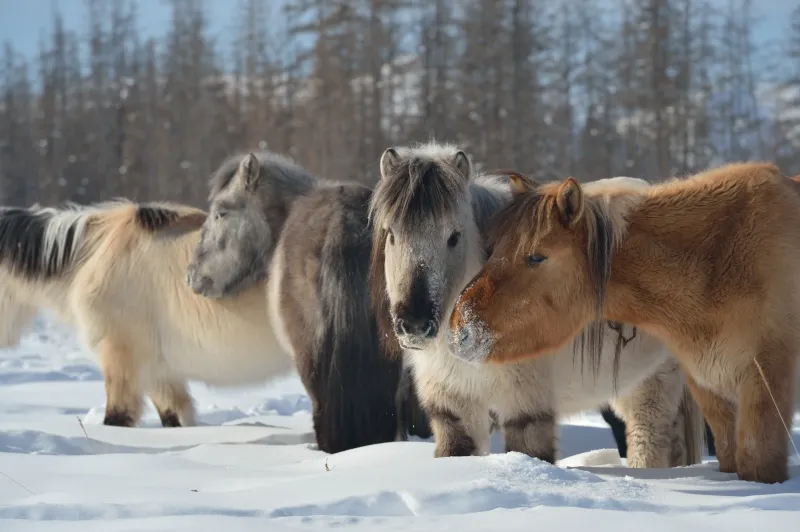
Braving Siberia’s harsh winters, the Yakutian horse is a marvel of adaptation. With thick coats and layers of fat, these hardy horses endure temperatures as low as -70°C, showcasing the incredible resilience of nature.
10. Kaimanawa Horses
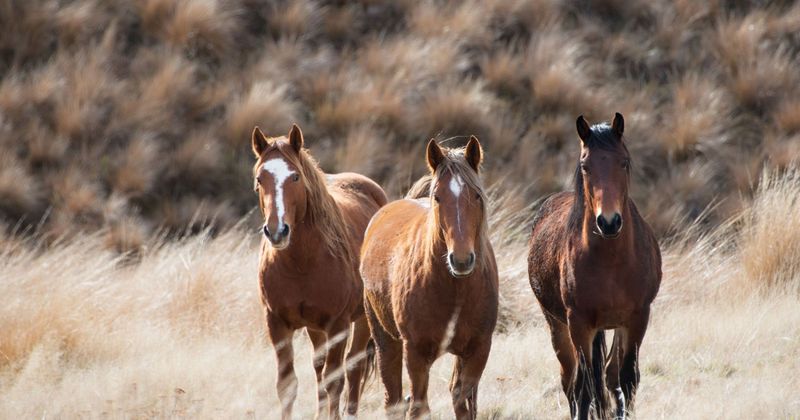
In New Zealand’s rugged landscape, the Kaimanawa horses roam free. These resilient creatures, descended from domestic horses, have adapted to the country’s diverse terrains, becoming a symbol of natural beauty and wild spirit.
11. Pottoka
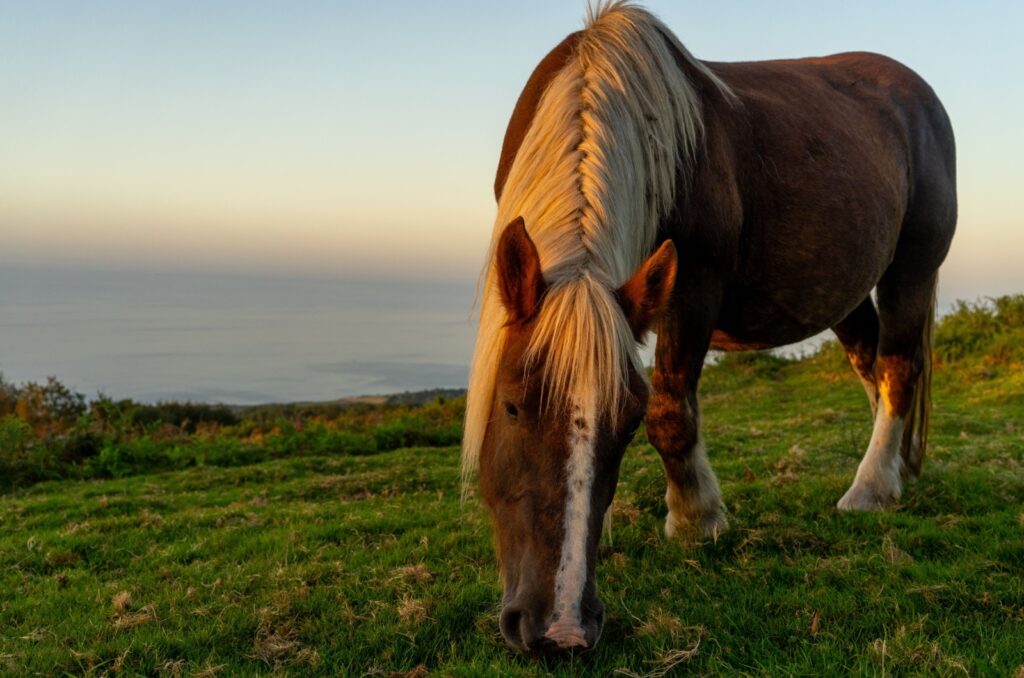
The Pottoka, native to the Basque Country, is a small yet hardy breed. These ancient horses, grazing in misty hills, evoke the region’s rich history and cultural significance, often depicted in local folklore and art.
12. Chincoteague Pony
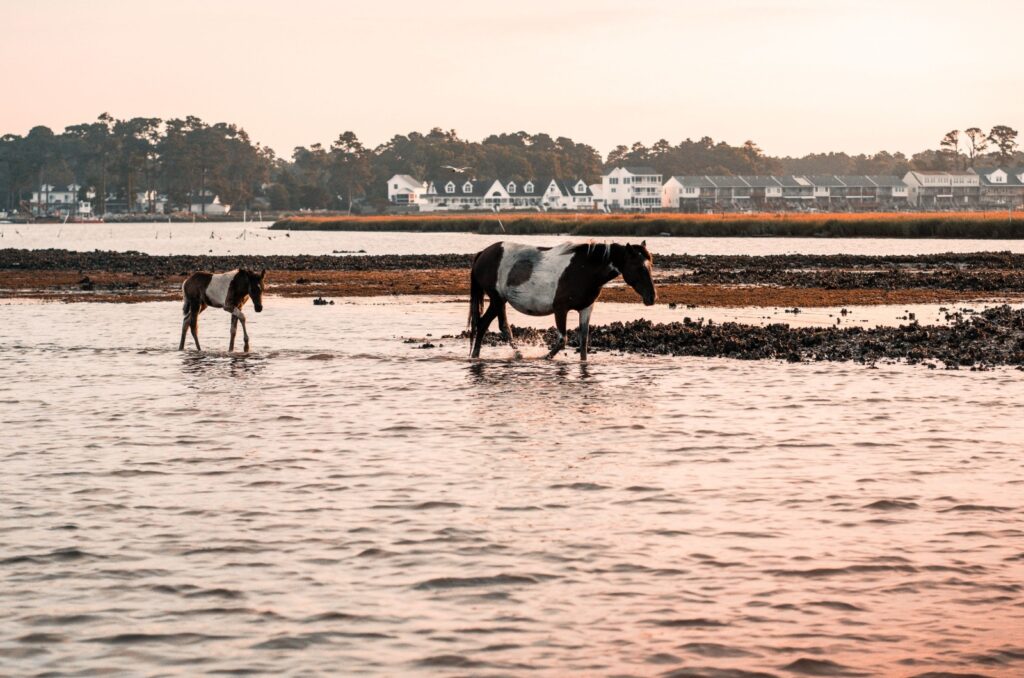
The Chincoteague Pony, made famous by Marguerite Henry’s novel “Misty of Chincoteague,” thrives on Assateague Island. Each year, these resilient ponies participate in a thrilling swim across the channel to Chincoteague Island, drawing visitors from across the world.
13. Feral Horses Of Sable Island
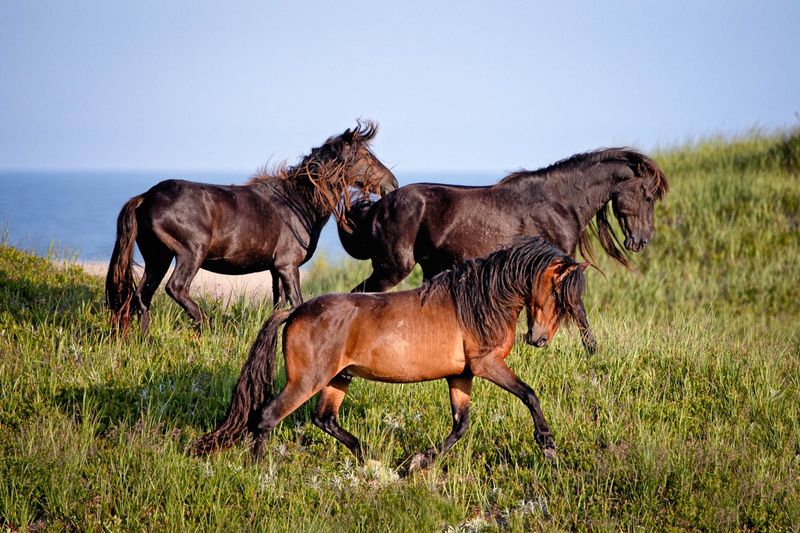
Sable Island’s feral horses, isolated off Canada’s coast, are a windswept symbol of resilience. These horses, living among sand dunes, highlight the delicate balance of isolation and survival, enchanting visitors with their mysterious allure.
14. Asturcón
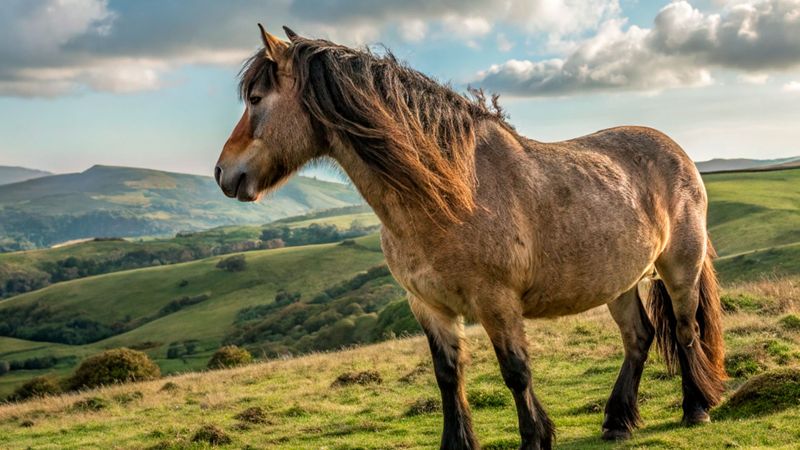
In Spain’s Asturias, Asturcón horses graze among green hills. These ancient ponies, known for their smooth gait, have historical significance, celebrated in local festivals and traditions, reflecting their enduring legacy.
15. Garrano
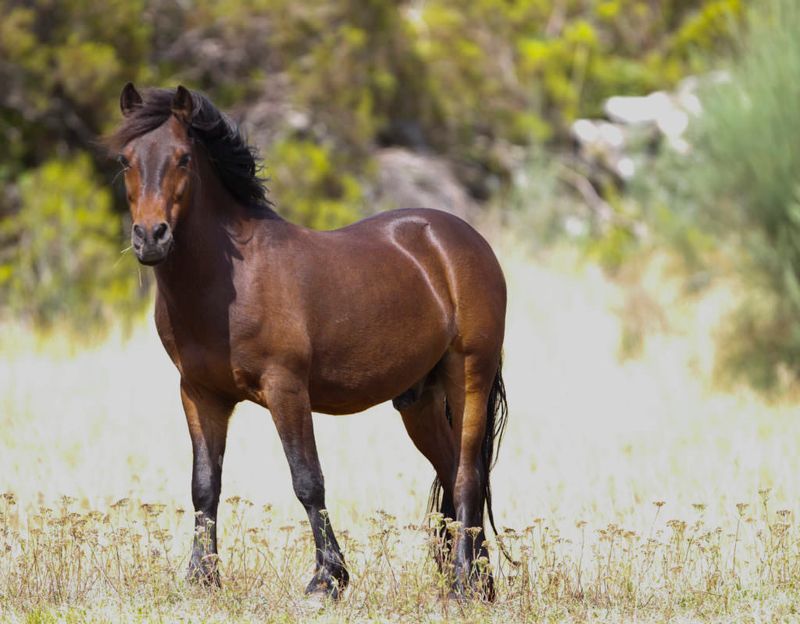
Portugal’s Garrano horses, roaming national parks, are small yet muscular. Known for their strength and endurance, these horses have historical ties to the region’s agricultural past, surviving in the wild landscapes they call home.
16. Bosnian Mountain Horse
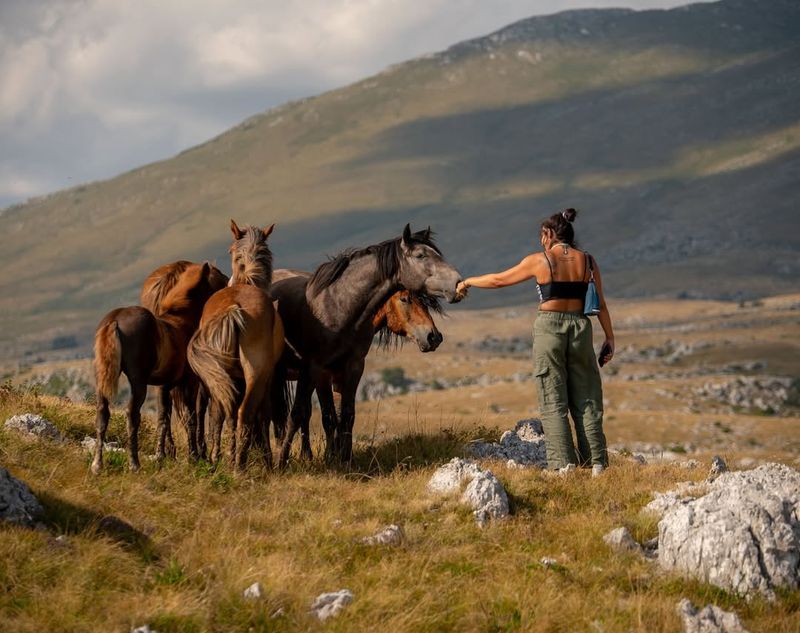
In the Dinaric Alps, Bosnian Mountain horses display unmatched surefootedness. These rugged horses, adapted to rocky terrains, embody the spirit of the mountains, essential to local cultures and traditions.
17. Mangalarga Marchador
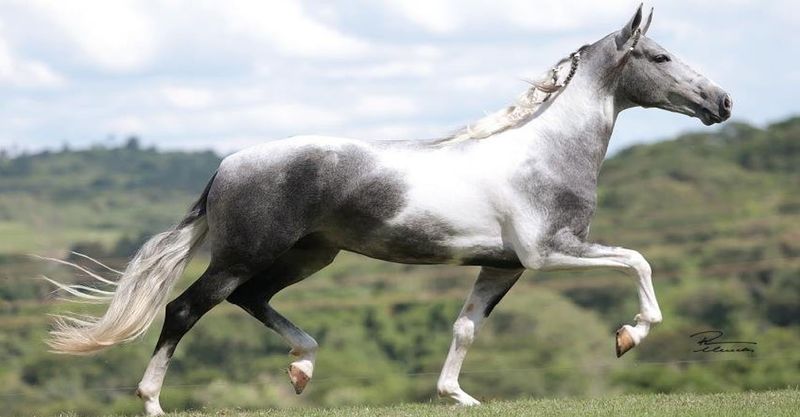
Brazil’s Mangalarga Marchador, known for its smooth gaits, is a symbol of equine elegance. These horses, favored for their comfortable rides, are celebrated in Brazilian culture, blending beauty with utility in the countryside.
18. Exmoor Pony
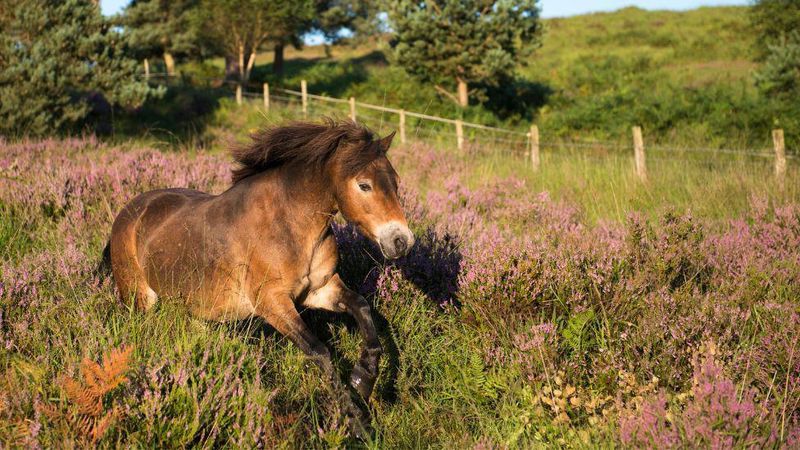
In England’s misty moorlands, Exmoor ponies thrive with thick coats and “toad” eyes. These ancient ponies, surviving since the Ice Age, embody the rugged beauty of the British landscape, attracting nature lovers and historians alike.
19. Camargue Horse
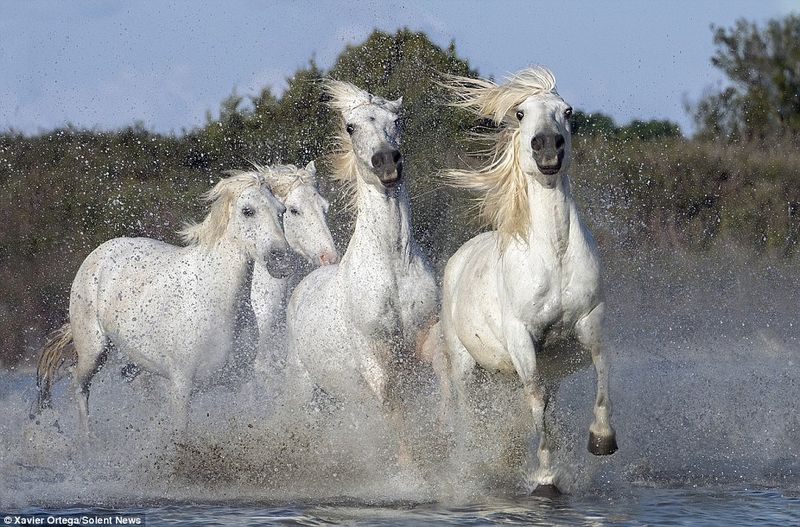
In southern France’s wetlands, the Camargue horse stands out with its white coat. Known for their affinity with water, these horses are an integral part of local ranching traditions, adding to the region’s picturesque charm.
20. Welsh Pony

Wales’ verdant valleys are home to the spirited Welsh ponies, known for their elegance and grace. These ponies, deeply ingrained in Welsh culture, charm with their lively antics and adaptability to various equestrian disciplines.



